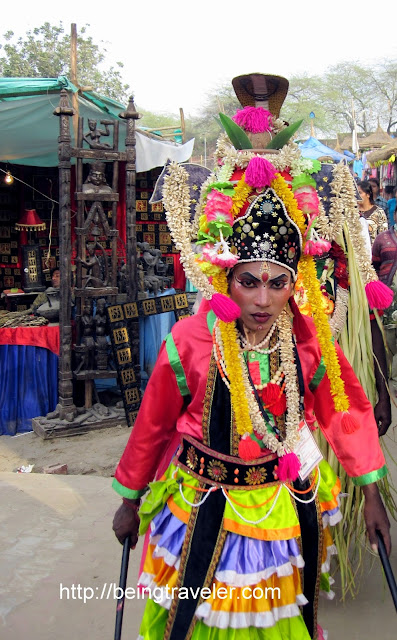 |
| [Try our snack, you will remember the taste for hours] |
Historically, it is believed that street food came into the picture because the poor didn't have kitchens in their homes.
Today, the reasons have changed and so is the taboo associated with it historically. Now a days, people love street food and have various reasons to opt for it.
- Ethnic taste;
- Readily available and;
- Most importantly, it is reasonably priced.
Well, who does not want to grab a quick bite while shopping or if you are in a rush? Being easily available and presented in a tempting way, it makes you drool over it even if you are not so hungry.
Street food is served around the world but varies with the countries and cultures.
It still remains a fact that they never taste as good when made at home. Be it their spices, their way of preparation or the way they serve.
Street food is turning into a culture in some countries and few like China, India and Nigeria are the fastest growing street food markets that even few companies have captured and branded the street food market too. On the other hand, walking on the street while eating is considered rude in some cultures, such as Japan. Difference in cultures and history have resulted in various aspects and how a street vendors operate all over the world.
Street food is served around the world but varies with the countries and cultures.
- In India, people tempt for chaat, dahi-bhalla, faluda, vada-paav and gol gappa which I have seen changing its name to pani puri in Maharashtra and pani patisa in Rajasthan.
- In Viet Nam, street food relies heavily on herbs, chili peppers and lime.
- Thailand is famous for "fiery" and "pungent with shrimp paste and fish sauce"
- New York City's signature street food is the hot dog.
It still remains a fact that they never taste as good when made at home. Be it their spices, their way of preparation or the way they serve.
Street food is turning into a culture in some countries and few like China, India and Nigeria are the fastest growing street food markets that even few companies have captured and branded the street food market too. On the other hand, walking on the street while eating is considered rude in some cultures, such as Japan. Difference in cultures and history have resulted in various aspects and how a street vendors operate all over the world.
I am totally in love with the street food. What about you? Are you a street foodie?





